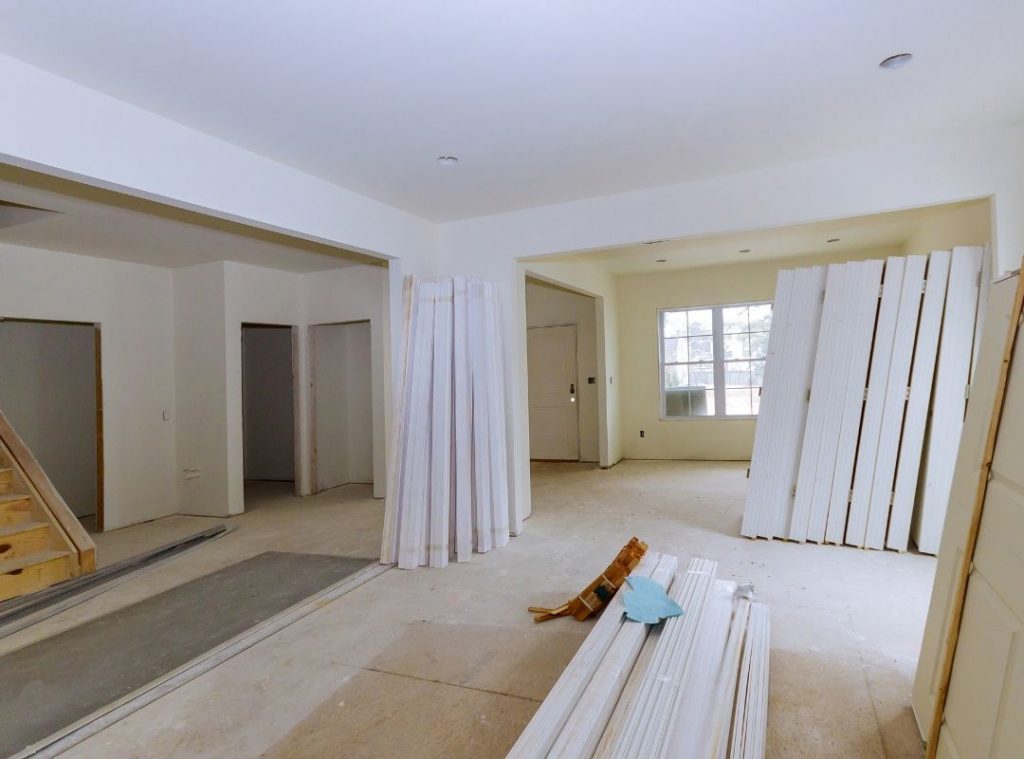Historical homes hold a special place in our hearts. Their architectural charm, timeless elegance, and the stories they tell make them unique and appealing. However, living in a historical home doesn’t mean sacrificing modern comfort. In fact, historical home renovation offers the opportunity to preserve the charm of the past while adding the modern amenities we love today. It’s a delicate balance that requires careful planning and execution. In this guide, we’ll explore the strategies and considerations involved in historical home renovation to ensure that you can enjoy the best of both worlds.
Preserving the charm of a historical home while enhancing its comfort and functionality can be a daunting task, but it all begins with thorough research and documentation. Historical research is the foundation of any successful renovation project. Dive into the history of your home, uncovering architectural styles, original blueprints, and photographs from the past. Documenting the home’s original features is crucial to understanding its unique character. This may include ornate moldings, hardwood floors, vintage hardware, or even hidden architectural gems. Gathering historical records and photographs allows you to visualize the home’s evolution and serves as a valuable reference throughout the renovation process. By starting with a strong historical foundation, you can make informed decisions that honor the home’s legacy while bringing it into the modern age.
Preservation of Architectural Details
Preserving the architectural details that give your historical home its character is essential in a successful renovation. This involves restoring and safeguarding original features whenever possible. For example, if your home has intricate crown moldings or ornate ceiling medallions, consider restoring them to their former glory. Replicating period-appropriate elements is another approach. Skilled craftsmen can create custom millwork, doors, and windows that match the historical era of your home. When choosing materials for your renovation, opt for those that align with the home’s original construction. Salvaged or reclaimed materials can be excellent choices, not only for their historical authenticity but also for their sustainability.
Seamlessly Integrating Modern Amenities
Modernizing your historical home doesn’t mean sacrificing modern amenities. When it comes to modernizing infrastructure, focus on essential upgrades like electrical and plumbing systems. Ensure that these systems meet current safety standards and codes. Replacing outdated or inefficient HVAC systems with energy-efficient alternatives can improve comfort and reduce energy costs. However, it’s crucial to approach the integration of modern amenities with sensitivity to the home’s historical aesthetics. In the kitchen and bathroom, for example, you can blend modern functionality with historical charm. Think about concealed appliances and fixtures that maintain the period-appropriate look of these spaces while providing the convenience of today’s technology. Smart home technology can be integrated discreetly, allowing you to control lighting, climate, and security without compromising the historical ambiance.
Interior Design and Furnishing
The interior design of your historical home should strike a balance between preserving its charm and adding comfort. Start by choosing period-appropriate furnishings and decor that complement the home’s architectural style. Vintage and antique pieces can enhance the historical ambiance, while contemporary furniture can provide comfort and functionality. Blending these elements can create a unique and eclectic interior. Pay attention to color palettes and textures that resonate with the historical era while still reflecting your personal style. Creating cohesive and comfortable living spaces is essential for enjoying the modern comfort of your renovated home while appreciating its historical charm.

Historical Home Renovation Challenges
Renovating a historical home comes with its share of challenges, and it’s essential to be prepared for them. Dealing with lead paint and asbestos, common in older homes, requires careful abatement and disposal to ensure the safety of both your family and the environment. Addressing structural issues and foundation concerns may be necessary to ensure the long-term stability of your home. Navigating local preservation regulations and obtaining the necessary approvals can be a complex process that requires patience and expertise. It’s crucial to work with professionals who understand these challenges and can guide you through the renovation journey.
Preserving the charm of a historical home while adding modern comfort is a rewarding endeavor that requires a thoughtful approach. Thorough research, preservation of architectural details, modernizing infrastructure, integrating modern amenities, sustainable renovation practices, and expert guidance are all key elements of a successful historical home renovation. Striking the right balance between preserving the past and enjoying the comforts of today is achievable with the right team and a well-thought-out plan.
At Selective Remodeling, we specialize in historical home renovation and understand the unique challenges and opportunities it presents. Our team of experienced professionals is dedicated to preserving the charm and character of historical homes while adding modern comfort and functionality. If you’re ready to embark on a historical home renovation project, contact Selective Remodeling today. Let us help you transform your historical gem into a comfortable and timeless living space that honors its rich history.

